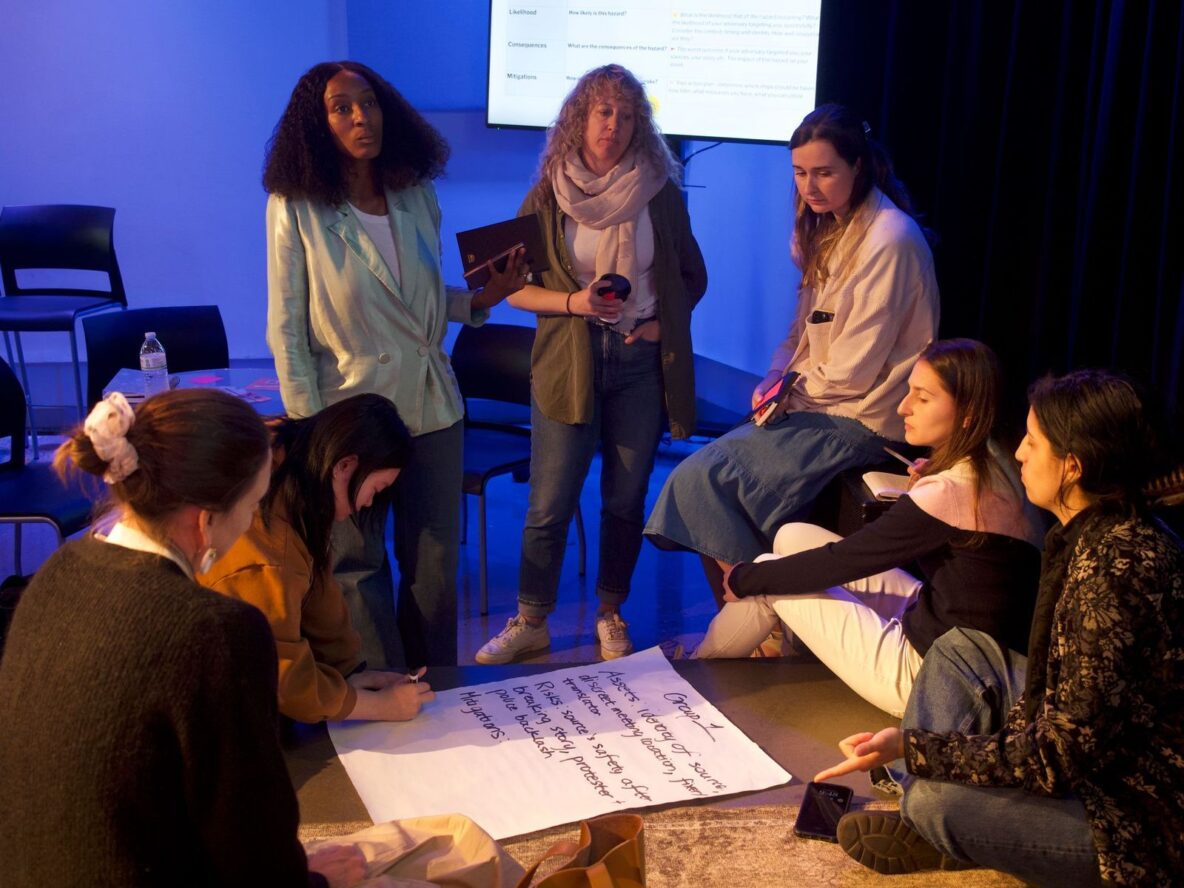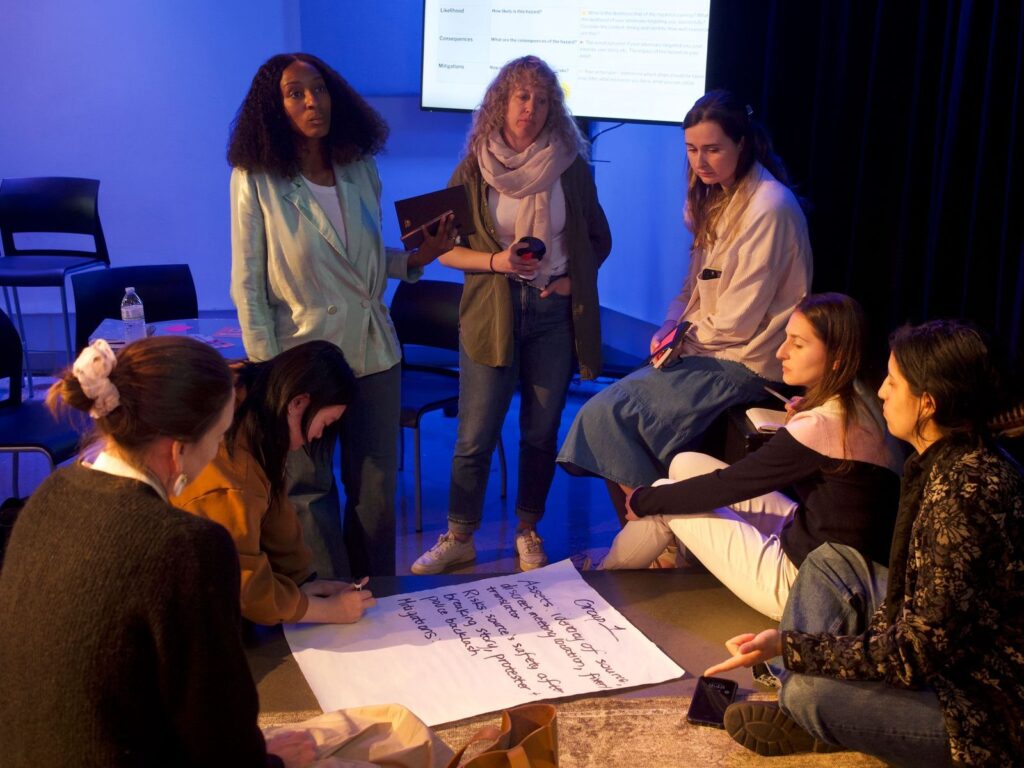
A group of participants brainstorm risk assessment during an IWMF training in New York City. Photo by Sofia Navarette Zur
Journalists are in a difficult bind: As they come under increasing attack online and in person, they also have an ingrained culture of getting the work done and getting the story out without considering their own safety or mental health.
“Journalists often internalize burnout as a rite of passage,” said Luisa Ortiz Pérez, executive director of Vita Activa. “Many reporters feel they must perform flawlessly in resource-scarce conditions. Newsrooms often lack culturally appropriate and structural support.”
That’s why Press Forward is investing in three important programs to support journalist safety and mental health with its Open Call on Infrastructure grants. The International Women’s Media Foundation (IWMF) will expand its Newsroom Safety Across America program to serve thousands of journalists and establish a culture of safety in newsrooms. The Global Center for Journalism and Trauma will train 45 mental health clinicians to help journalists cope with stress, trauma and burnout. And Vita Activa will provide hundreds of hours of counseling, along with virtual training and peer support groups to help create trusted spaces for journalists—especially journalists of color, marginalized and under-resourced professionals.
In each case, programs that have a track record for success and impact will be expanded to help care for more local U.S. journalists in more places. We contacted the three grantees to learn more about their programs and how they plan to help journalists in this important moment.
Elisa Lees Munoz, executive director, IWMF

What is the Newsroom Safety Across America program? How many newsrooms and journalists have you served so far, and how will this grant help you expand it?
To date, the Newsroom Safety Across America Initiative has served more than 1,500 journalists in the United States since its launch in February 2024. (this includes our one-day in person safety trainings, virtual sessions and journalism conference participation).
We will expand the initiative on a national scale, but customize it based on local needs to make sure journalists are safe in each location. The program will offer guidance to newsrooms to develop their own safety policies, and provide emergency assistance to journalists and newsrooms. It will also train 48 regional Safety Ambassadors who are committed to offering a holistic, identity-informed approach to the safety of journalists.
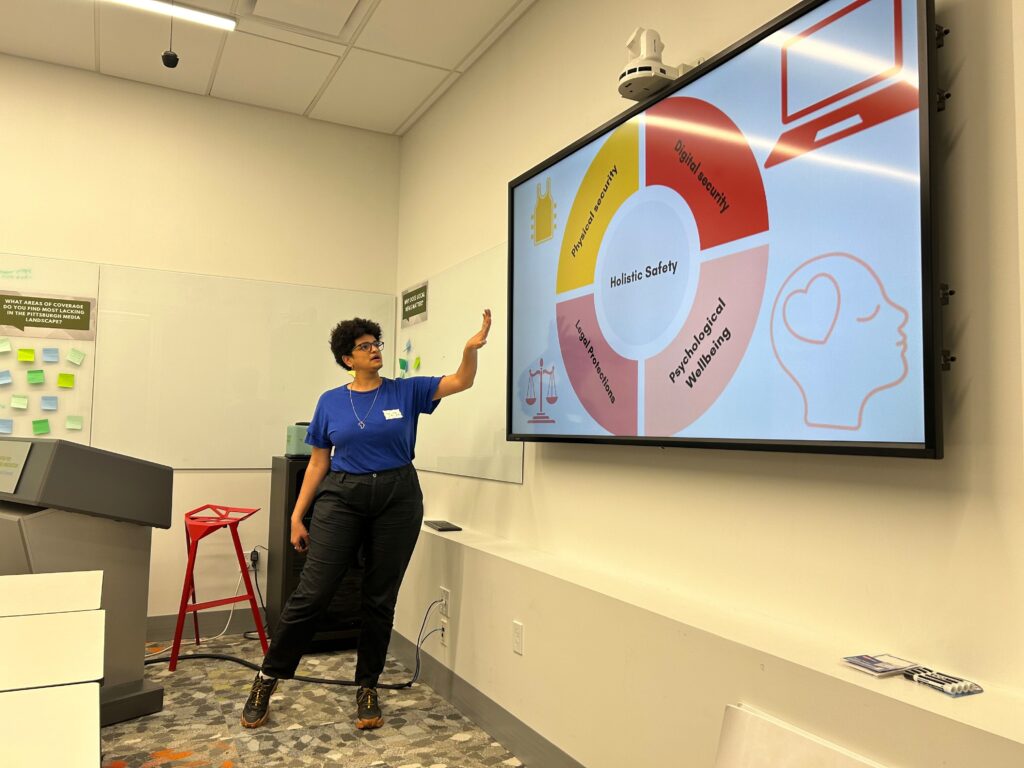
Trainer Jeje Mohamed shares the components of holistic safety with Newsroom Safety Across America participants in Pittsburgh. Photo courtesy of IWMF
Our goal is to reach more than 3,000 media workers across the United States and to establish a culture of safety in newsrooms.
Have you noticed an increase in safety issues for U.S.-based journalists this year, compared to last year?
Yes, the landscape of safety challenges has intensified since we documented the threats journalists faced in the lead-up to the 2024 elections in our Journalists Under Fire report. We heard from journalists that they did not feel safe while covering political rallies and protests given the anti-press rhetoric and hostility towards the press. We found that 36% of the 597 respondents had been threatened with or faced physical violence.
This year, the requests have expanded to focus on the safety and well-being of journalists covering polarizing topics in their local communities such as affordable housing, reproductive rights, environmental dangers and protecting vulnerable sources, especially when reporting on immigrant communities, as well as surveillance and violence from law enforcement.
IWMF has continued to provide mental health support through our partnership with Ana Zellhuber, a journalism emergency psychology specialist and psychoanalyst, by offering assessments and therapy sessions for journalists and newsrooms.
We have also supported newsrooms in developing secure communication protocols to safeguard data. Additionally, concerns about reliance on U.S.-based tech platforms have prompted the IWMF to provide advice on alternative tools and services that better support newsroom security.
How will the Safety Ambassador program work?
The Safety Ambassador program builds on IWMF’s Next Gen Safety Trainers Fellowship and addresses the growing need for localized safety expertise. The program will train and support 48 new Safety Ambassadors nationwide, who will serve as dedicated safety resources within their respective communities. The Safety Ambassadors will offer both regional virtual and in-person training, lowering access barriers for freelance journalists as well as small- to medium-sized newsrooms.
Bruce Shapiro, executive director, Global Center for Journalism and Trauma
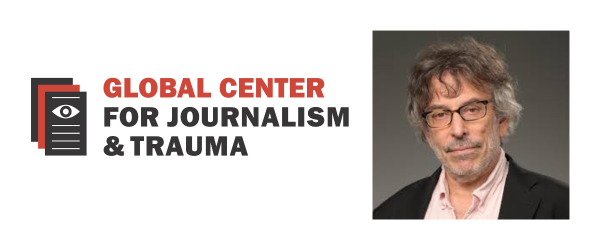
How will your previous work supporting mental health for journalists inform this new project?
We’ve spent the last 25 years fostering a conversation about mental health and resilience as an essential part of journalists’ toolkit. It’s a conversation rooted in journalism practice and newsroom culture but informed by evidence-based trauma science. And over the last three years we’ve piloted a model for training trauma therapists in the distinct work culture and needs of news professionals.
Our project with Press Forward focuses all of that experience on the distinct needs of under-resourced local and nonprofit newsrooms, where training has historically been unavailable and mental health resources scarce. We’ll be training reporters and editors in best practices for looking after themselves and their colleagues. This builds on the work we have done in the last year training more than 50 local newsrooms, including nonprofits and public media.
We’ll ensure that local news professionals around the country who want psychotherapy support have access to qualified, vetted clinicians who have been prepared by our Journalist Trauma Support Network. We’ll provide referral to free therapy for dozens of journalists as part of that preparation. And throughout the project, we’ll be listening for ideas and issues that should be part of journalist resilience and mental-health guidelines for local newsrooms.
What are the challenges in getting newsrooms to adopt “duty of care” guidelines? Is it a bigger challenge for smaller newsrooms?
Traditionally many newsrooms resisted any frank conversations about journalists’ mental health. Happily, those days are largely over—an abundance of research shows that issues like trauma and burnout can take a toll on journalists. However, “duty of care” practices and peer support schemes have too often been limited to big newsrooms. Grafting those approaches onto, say, a five-person local newsroom just doesn’t work.
Small local newsrooms urgently need clear occupational mental-health guidance, and managers need training whether they are supervising two people or 200. But in a small newsroom, psychosocial support skills need to be shared by the whole team; training needs to be financially subsidized so it can be offered free or at low cost; and local journalists seeking therapy support need pathways to referral and financial assistance since small-newsroom insurance plans are less likely to provide robust mental-health benefits. Guidelines, trainings and resources need to be tailored for the real-world ways in which local journalists in small newsrooms—deeply intertwined with their communities—work.
How will the resiliency trainings work? How many newsrooms and journalists would you like to support with this program?
We plan to deliver 75 trainings in coping with stress, trauma and burnout over the three years of this program, usually by Zoom, including newsroom-wide team trainings and sessions specifically aimed at managers. All of these trainings—some delivered by journalists, some by mental health professionals—are built first on listening ahead of time, making sure we are addressing the specific challenges and experiences each newsroom is dealing with.
Trainings are designed not as one-off box-ticking exercises but as the first stage in an ongoing process, encouraging stakeholders in each newsroom interested in taking leadership on trauma awareness and related issues going forward. Our team will also be available for individual educational consultations with teams or managers.
Luisa Ortiz Pérez, executive director, Vita Activa
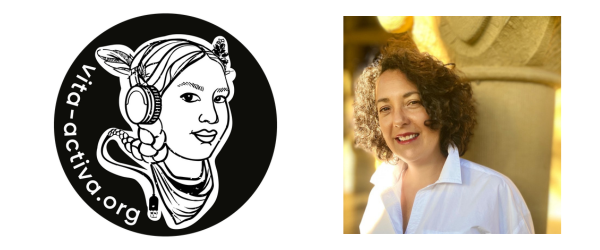
How will Vita Activa’s past work with its helpline inform its work for this project for journalists?
The Media Resilience Network (MDRnet) is built directly from the lived lessons and care practices developed over six years of Vita Activa’s helpline work globally. Since 2019, our helpline has provided over 2,200 hours of emotional and psychological support to journalists, human rights defenders and activists—especially those navigating trauma, harassment, burnout and systemic marginalization.
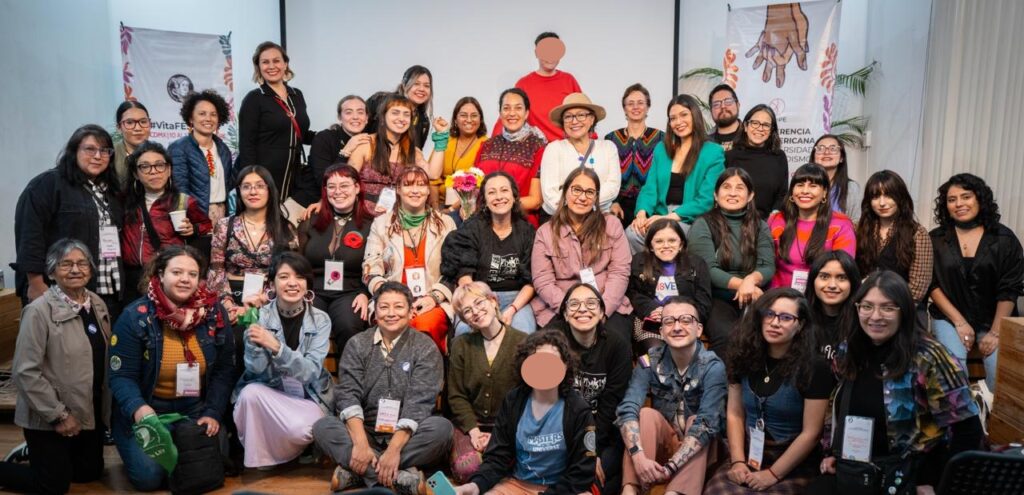
The Vita Activa community in Mexico City during the annual VitaFest festival in October 2024—building networks of care, peer support and collective resilience for journalists and media leaders from underserved communities. Photo by Santos Lázzeri
This work has taught us that healing and sustainability are not individual pursuits—they’re collective, contextual and deeply political. We’ve learned how to hold space for people who often feel unseen, and how to offer peer-based care that is trauma-informed, multilingual and culturally grounded.
Now, through MDRnet, we are channeling those insights into the U.S. journalism ecosystem more intentionally, in a moment of profound vulnerability. We’re scaling what works:
- Counselling and peer support services at no cost
- Trainings and community learning circles
- Rapid response interventions either online or as part of our Task Force Initiatives for newsrooms in crisis.
We are not starting from scratch. We are expanding a tested, trusted and human-centered approach to meet the unique needs of vulnerable and underserved journalists and media leaders today. In short, Vita Activa laid the groundwork. MDRnet carries it forward in a U.S.-centered program—embedding care as infrastructure in journalism.
How many journalists and newsrooms do you plan to serve with this program, and how many psychotherapists do you plan to work with?
We do not only work with counselors; we also work with trained peer responders. We are planning to provide over three years:
- 750 hours of counseling
- 12 virtual training sessions to newsrooms, freelancers and media communities
- 10 community learning circles
- 3 interventions in person via our newsroom task force efforts
- 12 journalism conferences and gatherings in partnership with our allies
How will counselling, peer support networks and workshops help support journalists?
At MDRnet, we believe that no journalist should have to navigate burnout, isolation or crisis alone. Our counselling services, peer support networks and workshops are designed to build trusted spaces where journalists can speak openly, access tools for resilience and learn from one another.
Here’s how they help:
- Break isolation by connecting journalists who are often the only ones like them in their newsroom or region.
- Share healing practices rooted in trauma-informed care, mutual aid and cultural wisdom.
- Build leadership skills in navigating stress, conflict and toxic newsroom environments.
- Create sustainable cultures of support, reflection and rest—within newsrooms and beyond.
These spaces are not just supportive—they’re transformative. By normalizing care, we begin to rebuild journalism’s culture in the U.S. from the inside out.
*****
Together, these key programs will help shift the culture of journalism from one of “powering through” trauma and burnout, and finding training, peer groups and counseling to help get the important support journalists need. As IWMF’s Munoz said, the goal is to meet the moment by building a “national news safety ecosystem that centers on the needs of local communities and strengthens safety infrastructures in newsrooms.”
Mark Glaser is a communications consultant for Press Forward, Knight Foundation and Tiny News Collective and was the founder and executive editor of MediaShift.org. He was formerly the director of business and program development for the New Mexico Local News Fund. He runs the Wind Power Media consultancy out of Santa Fe.

